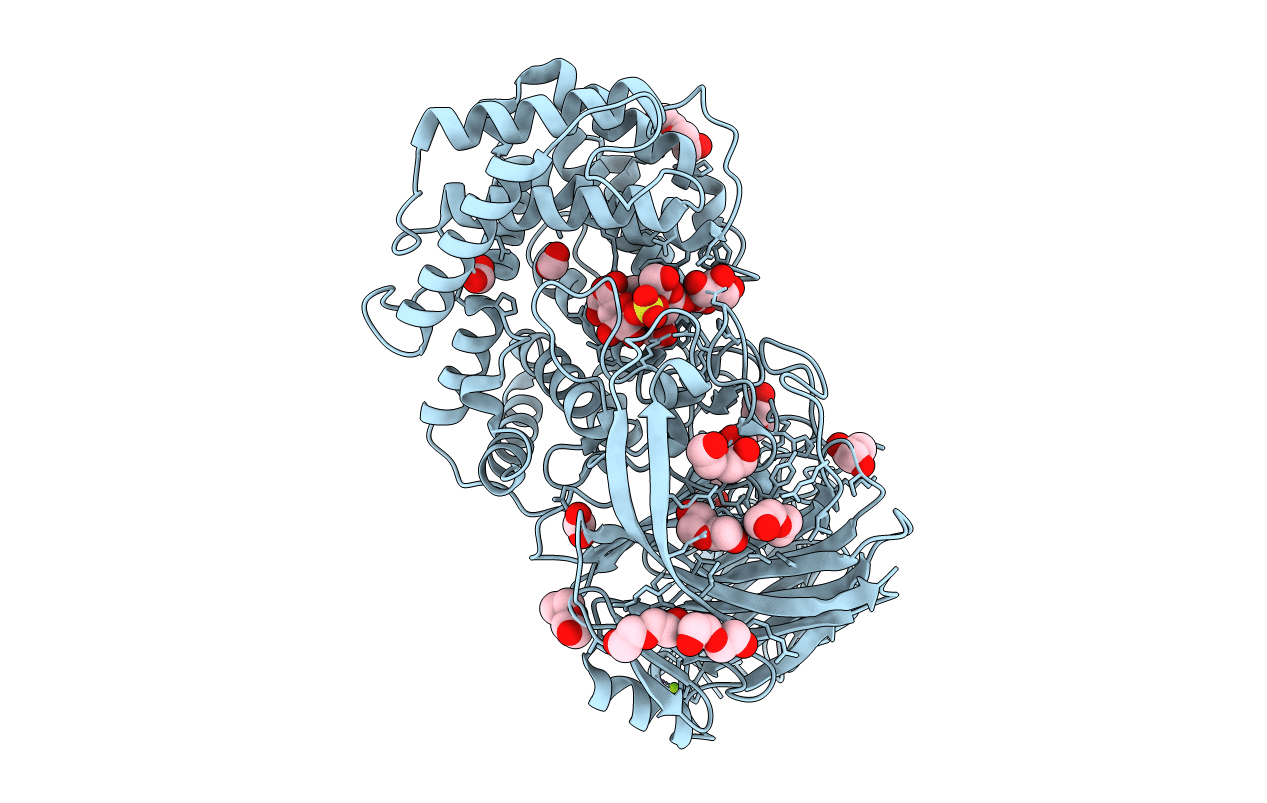
Deposition Date
2009-03-23
Release Date
2010-04-21
Last Version Date
2023-12-13
Entry Detail
PDB ID:
2WDA
Keywords:
Title:
The X-ray structure of the Streptomyces coelicolor A3 Chondroitin AC Lyase in Complex with Chondroitin sulphate
Biological Source:
Source Organism:
STREPTOMYCES VIOLACEORUBER (Taxon ID: 1935)
Host Organism:
Method Details:
Experimental Method:
Resolution:
2.30 Å
R-Value Free:
0.19
R-Value Work:
0.14
R-Value Observed:
0.15
Space Group:
P 43 21 2


